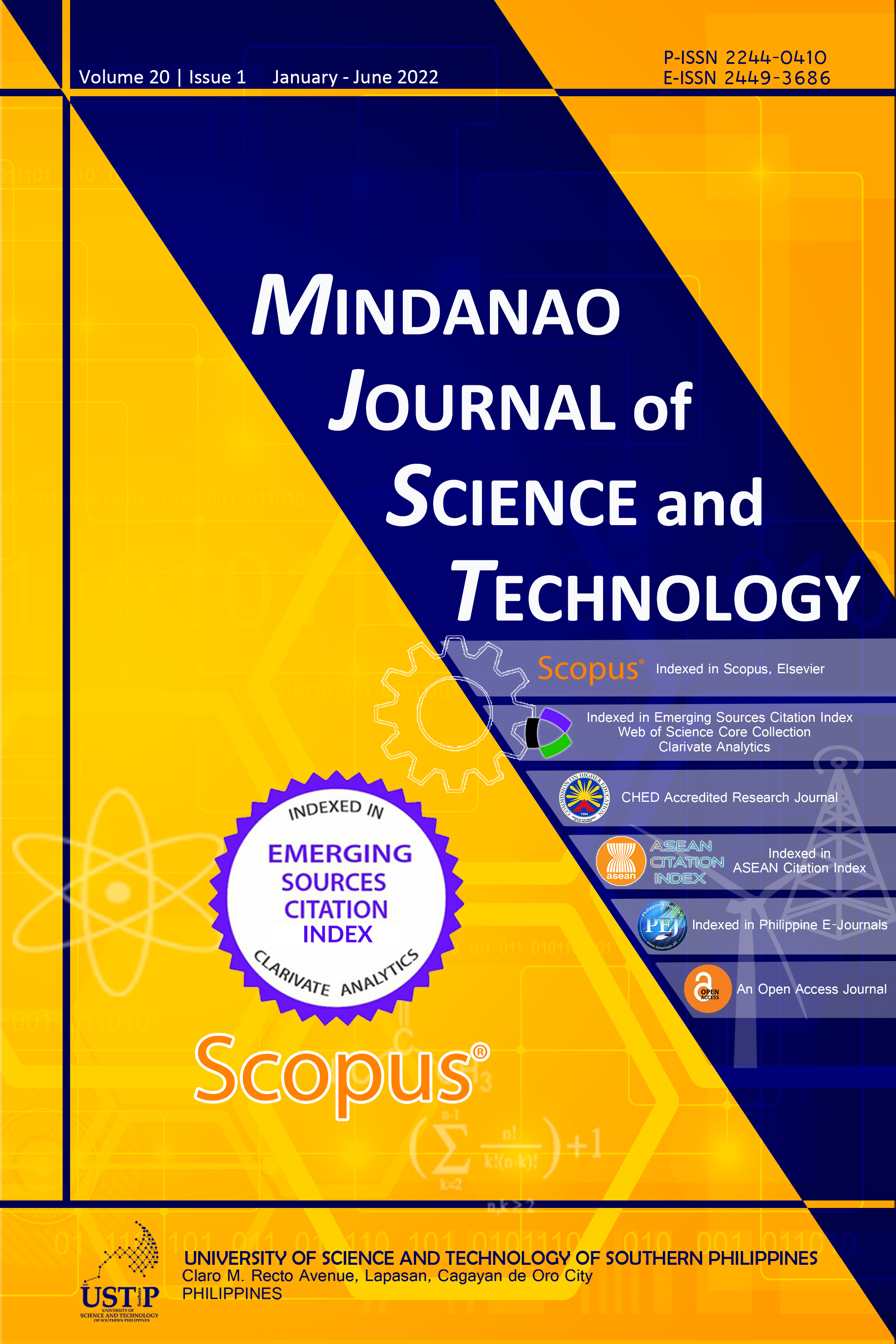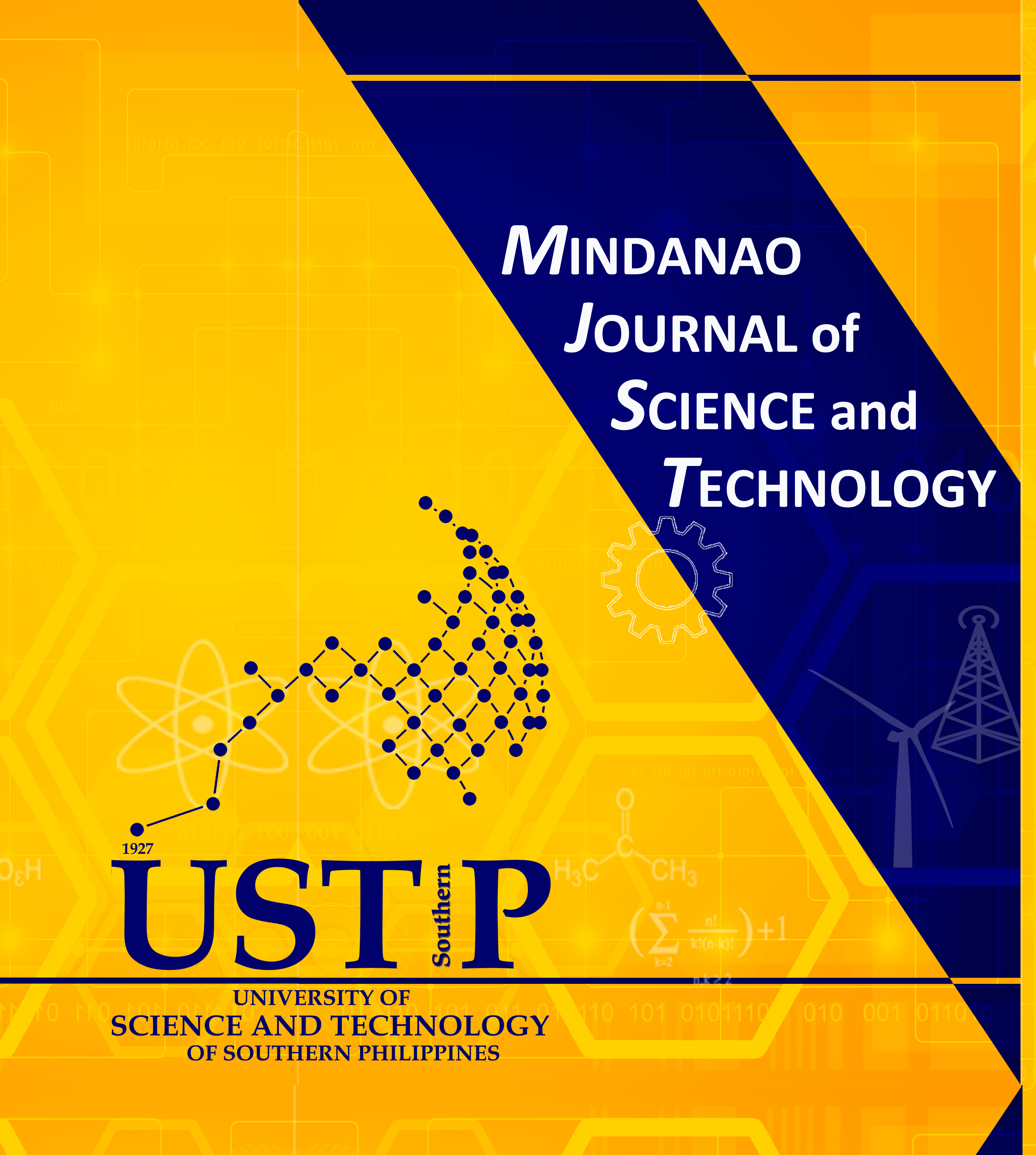Influence of Azolla on the Survival of Rice Seedlings Planted under Varying Invasive Apple Snail Densities and Water Depths
Keywords:
biological pest control, invasive apple snail, Pomacea canaliculata, golden apple snail, rice pest managementAbstract
Utilizing azolla to manage invasive apple snail (IAS) has never been reported. Hence, in this study, an experiment was conducted at two trials to determine azolla’s influence on the survival of newly transplanted (TPR) and direct-seeded rice (DSR) seedlings planted under varying IAS densities and water depths. Three treatments (T1: rice + IAS, T2: rice + IAS + azolla and T3: rice + IAS + molluscicide), three densities of IAS (5, 10 and 15 snails/0.16 m2) and three water depths (1, 2 and 3 cm) were combined in a three-way factorial arrangement through randomized complete block design with three replications. The number of seedlings that survived and the rate of missing seedlings day-1 were measured. Results showed that the TPR’s survival at the three water depths ranged from 43 to 65.6% at 2.4 to 4.7 missing seedlings day-1 in T1, 84 to 94.8% at 0.5 to 1.4 missing seedlings day-1 in T2 and 100% at 0 missing seedlings day-1 in T3. No significant differences were observed in the survival of TPR planted in T2 and T3. Meanwhile, the DSR’s survival at all water depths and IAS densities ranged from 0 to 3.8% and 0 to 3.6% in T1, 7.4 to 26.8 and 6.5 to 27.2% in T2, respectively, and 100% in T3. DSR had 15.8 missing seedlings day-1 in T1 and 13.3 in T2. This study demonstrated that growing azolla could help increase the survival of newly-planted rice, specifically on TPR, against the potential damage of IAS.










